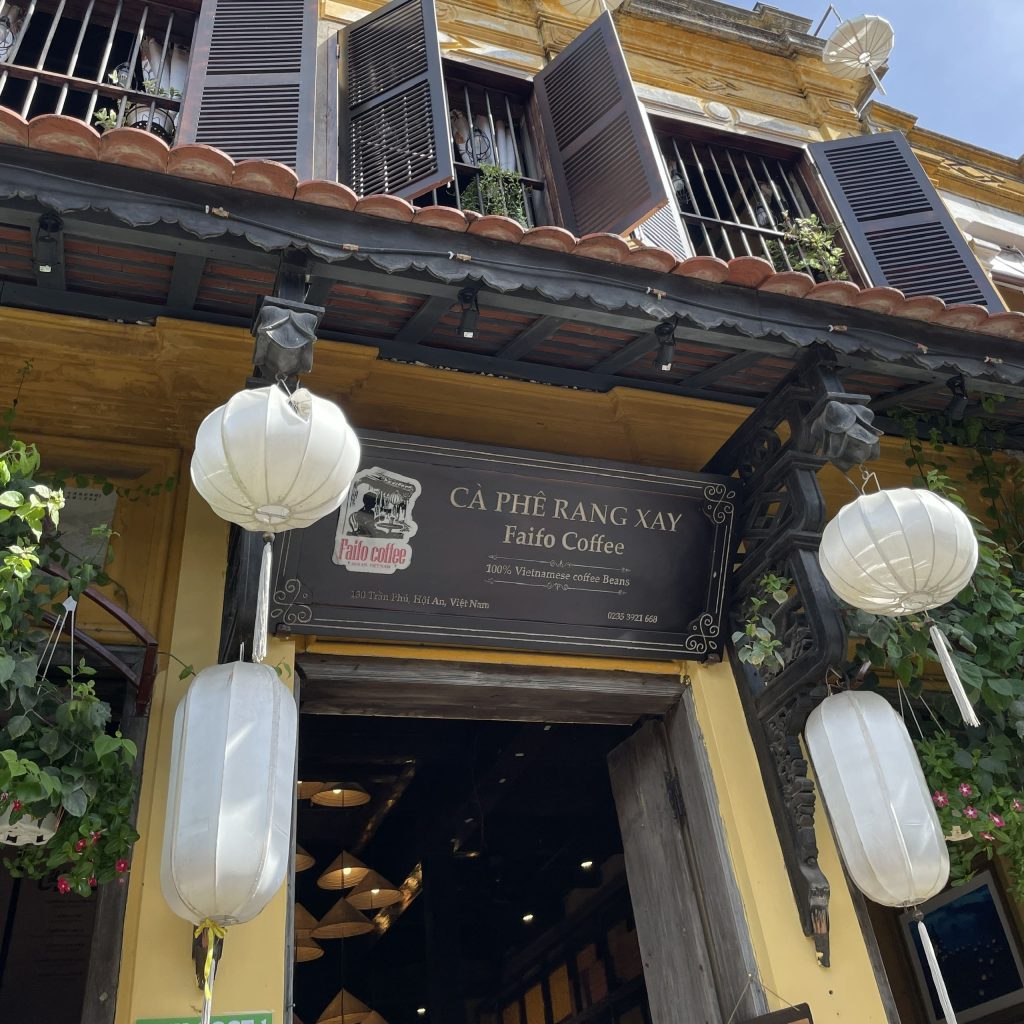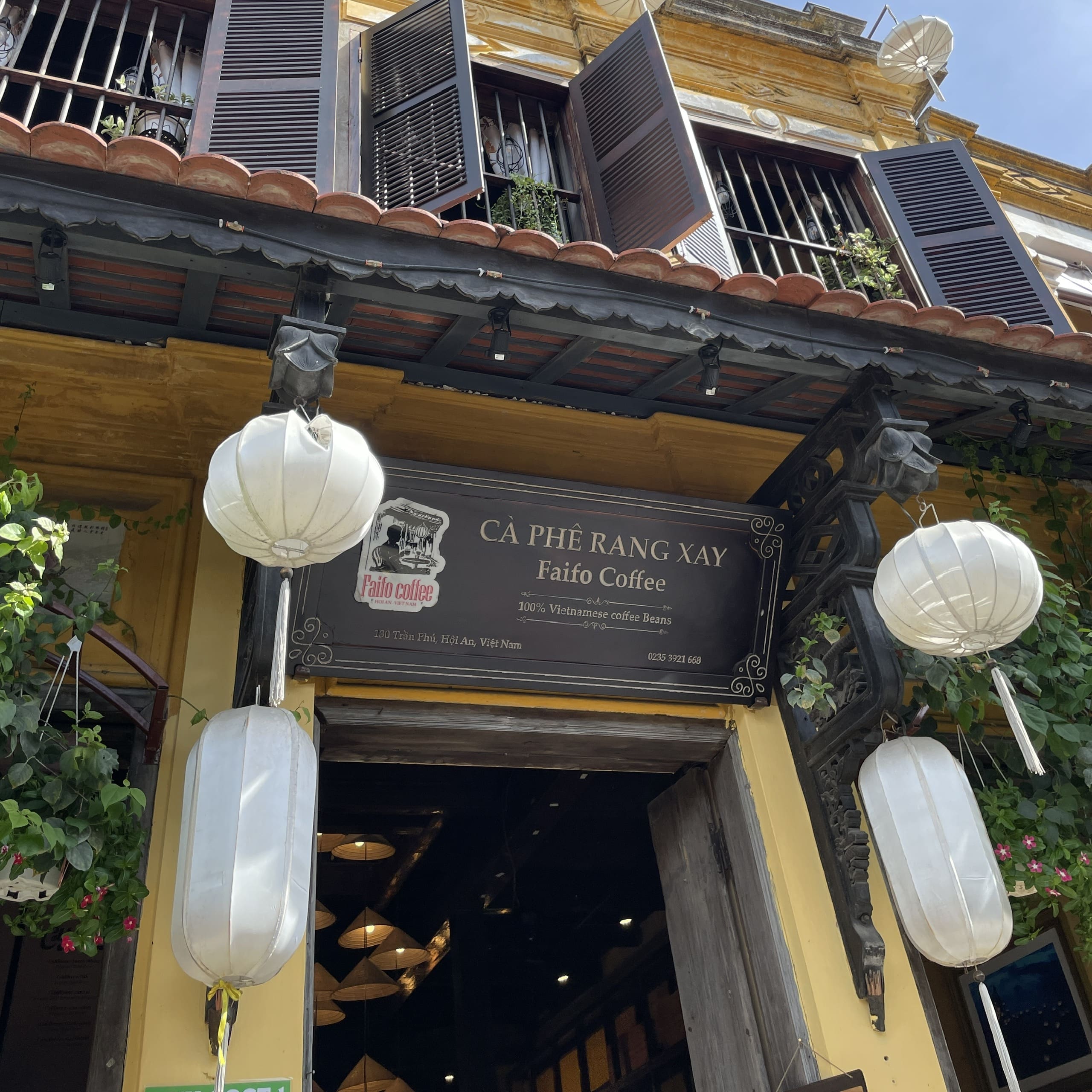Discover The History Name “Faifo” Of Hoi An Ancient Town
Hoi An used to be an international trading port that was formed on the central coast of Vietnam in the 16th century, and flourished in the 17th and 18th centuries, becoming one of the largest trading ports in Southeast Asia. And before it was known as Hoi An, have you ever heard the original name of it? Let’s discover the history name “Faifo” of Hoi An Ancient Town.
Hoi An is indeed recognized by UNESCO
In 1999, Hoi An Ancient Town was designated as a UNESCO World Heritage Site. This recognition was granted because Hoi An represents an exceptionally well-preserved example of a Southeast Asian trading port from the 15th to the 19th century. The Ancient town’s architecture, streets, and overall layout reflect a fusion of local and foreign influences, particularly Chinese and Japanese, making it a culturally significant and historically rich site. Overall, Hoi An’s recognition by UNESCO is a testament to its historical and cultural significance, its well-preserved heritage, and its role as a bridge between different cultures and trading civilizations over the centuries.
The History Name “Faifo” Of Hoi An Ancient Town
The name Hoi An, frequently known as Faifo, has been interpreted in several ways. Faifo was known to Antonio de Faris who landed on Tourane (Da Nang) in 1575. Hoi An started being mentioned frequently in historical documents towards the middle of the 17th century. Anyway, it would be more reasonable to think of Faifo as a phonetic deformation of Hoi Pho, Hai Pho or Hoi An.

There are several theories to explain the origin of the name. Foreigners at that time commonly referred to Hoi An Pho as Faifo, as both names were so popular that they could be used the same way. As for the explanation that Faifo may have been the phonetic transcription of the question “Co phai pho khong”. They assume that when Foreigners come here, they may have wondered: “Is that the street (the city)?” or “Faifo.”

In addition, the word “Faifo” was phonetically romanized at a time when Quoc Ngu(It should be mentioned that Hoi An was one of the gateways for Catholicism and that it contributed to the creation of the Romanized script of the Vietnamese – Quoc Ngu in the first half of the 17th century) was still hesitatingly being developed.
Nowadays, in the minds and hearts of the local people, they don’t want the name to be forgotten. That’s why they name their shops, such as tailor shops, coffee shops, or local restaurants, after “Faifoo.”
Conclusion
Hoi An Ancient Town is a favorite destination for many tourists experiencing the Central region, where they will find not just well-known cultural attractions but also people who are warm, close, and welcoming. Let’s come once to discover the fascinating aspects of Hoi An with Hoianese Hotel!




